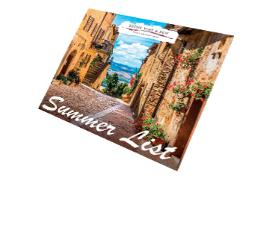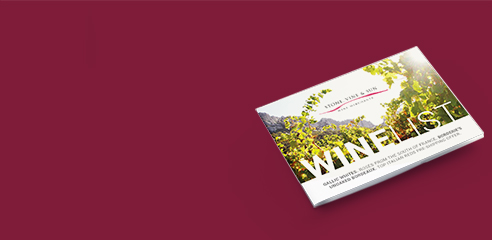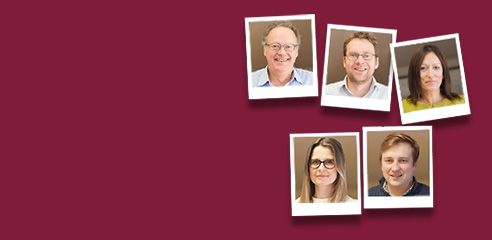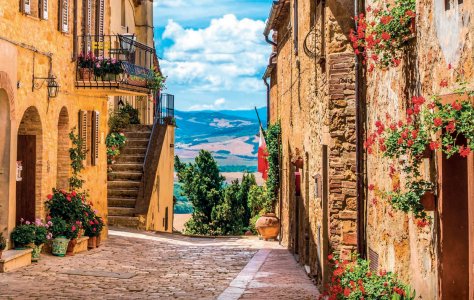Loire Valley
In early February I undertook our annual visit to the wine fair in Angers, escaping the snow which engulfed much of the UK during that week.
This is the yearly opportunity for the vast majority of vignerons in the Loire valley to show off their latest offerings to the rest of the world. The early season’s weather in 2008 was not kind, with variously frost, hail and torrential rain all conspiring to reduce the size of the crop and make life uncomfortable for the growers. Sunny and dry weather from the second week in September allowed the grapes to ripen fully. However, to get the best results careful selective picking was required adding further to production costs. The extra work required in the vineyards coupled with reduced production (down 30% in some cases) has put upward pressure on prices, though most growers have worked with us to minimize price increases. The Sauvignons of the upper Loire and Touraine are attractively aromatic, concentrated yet more focused than 2007. Red wines, particularly from Cabernet Franc, display impressive concentration allied to ripe structure. Late October rain did dilute a potentially outstanding sweet wine vintage, but this list contains wines from the superb 2007 and earlier vintages.
We have found several new wines from a number of our best sources to complement the many perennial favourites.
Gordon Coates
April 2009
Pouilly-Fumé
The longest river in France; the Loire flows north for over half its length, before turning west at Orléans and heading towards the Atlantic coast. Just before this deviation the river runs between Pouilly and Sancerre, the two most famous names in the whole valley. Both towns are capable of producing thrilling wines from Sauvignon Blanc but it would be a brave, or possibly foolish, taster who would claim to consistently tell one from the other. It is true that Pouilly-Fumé has a higher proportion of clay-flint soils which can impart a characteristic smokiness to the wines.
Sancerre
Just across the river from Pouilly, Sancerre is so famous that high prices are no guarantee of quality. At a time when so many are tempted to take the high volume route the value of our carefully built relationships with those who favour quality over quantity cannot be overestimated. As the demand for white Sancerre is so high Pinot Noir makes up only a small percentage of the vineyard area but the delicate rosé that it produces is entrancing a growing number of fans. The difficult vintages since 2005 have not favoured the production of red Sancerre.
Quincy and Menetou-Salon
Quincy and Menetou-Salon both have their own history and character. In 1936, rather surprisingly, Quincy, just north-west of Bourges, became only the second Appellation Controlée in France, after the example of Châteauneuf-du-Pape. From plantings on lighter, sandier soils, and with a slightly warmer climate than at Sancerre, wines from Quincy tend to be creamier and softer. The appellation of Menetou-Salon, spread out along a range of hills to the north-east of Bourges, is contiguous with Sancerre. Among Charolais pastures and cereals, the vineyards lie largely on south-facing slopes, all on calcareous, Kimeridgian clay.
Touraine Amboise
Touraine Amboise is a very small appellation - only 220 hectares - either side of the Loire east of Tours. Two thirds is planted to red varieties, which thrive on the clay and limestone soils.
Saint Nicolas de Bourgeuil and Chinon
Just before the town of Saumur as the Loire flows towards the west is the source of many of the best red wines in the valley. Saint Nicolas lies on the north bank whilst Chinon is to the south of the river, both producing wines from Cabernet Franc in styles from light and early drinking to more full-bodied, structured and age worthy.
Anjou-Saumur
As the river flows west from Touraine, Chenin takes over from Sauvignon Blanc for whites, supplemented by the Cabernet varieties for reds and rosés, This area south of the town of Angers produces the vast quantities needed to fill supermarket shelves, alongside rare and sought after treats such as Savennières and Quarts de Chaume.




